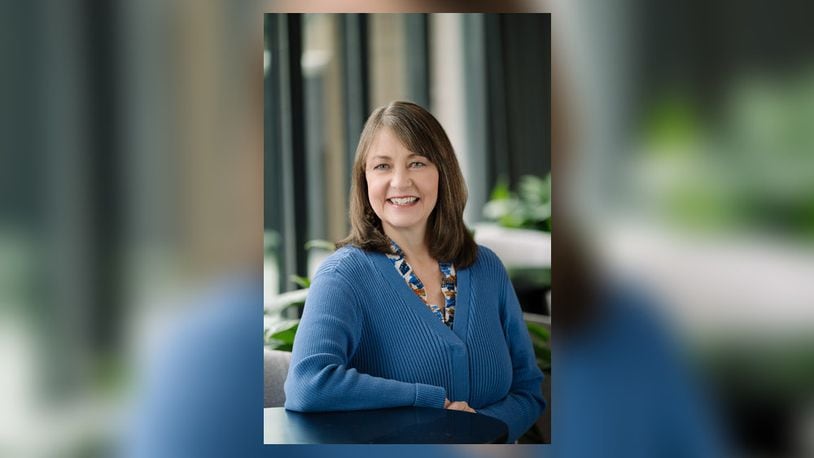The U.S. Census Bureau reports that 45% of households in Montgomery County spend more than 30% of their income on housing costs. The data also shows the percentage is much higher for Black families, with 54% spending more than 30% of income on housing costs. The high cost of housing leaves less money to pay for other needs like transportation and food. Fatality reviews found that housing instability is often a contributing factor to overdose deaths forcing individuals completing a recovery program back into unsafe housing, where individuals may still be using substances.
Chronic absenteeism is a challenge for our students who are concentrated in school districts that need additional support. Over half (51.9%) of Dayton City Schools students missed 10% or more of the 2021-2022 school year. The disparities are evident when looking at our most vulnerable children. Chronic absenteeism is the highest among students experiencing homelessness (80.4%), students with disabilities (60.3%), economically disadvantaged students (52%), and English learners (32.9%).
Credit: Knack Video + Photo
Credit: Knack Video + Photo
The HPIO report goes on to show that disparities in outcomes signal problems in the social, economic, and physical environment and gaps in healthcare access. More community conversations are needed to explore root causes of these differences and to identify solutions that are a good fit for these special communities.
- Adults with lower incomes/adult Medicaid enrollees - Higher rates of mental distress and emergency department visits for suspected suicide attempts and drug overdoses
- Adults with disabilities - Higher rates of mental distress
- Children with private insurance - Higher rates of emergency department visits for suspected suicide attempts and mental health services
- Males - Higher rates of overdose and suicide deaths
- White people - Higher rates of suicide deaths and emergency department visits for suspected suicide attempts and mental health services
- Black people - Higher rates of housing cost burden, living in a household without a vehicle, food insecurity, homicide, school disciplinary occurrences, criminal justice involvement, marijuana use and alcohol dependence
- Hispanic people - Lower hourly wages and higher food insecurity
- Immigrants and refugees - Reported concerns about gun violence in their neighborhoods and finding jobs that pay well
Montgomery County ADAMHS has a new mission statement: The innovative work of Montgomery County ADAMHS supports accessible, equitable behavioral health care and supportive resources for people in need to elevate individual and community wellbeing. We are doing this through many initiatives including:
- Familiar Faces – Creating care consultation teams to ensure those who frequently cycle through jails, homeless shelters, emergency departments, and other crisis services have the best opportunity for positive outcomes.
- PROTECT – Community initiative to provide early screening for Adverse Childhood Experiences (ACEs) to intervene quickly to provides support to families to decrease suicide in Black youth. PROTECT is funded by the US Department of Health & Human Services Office of Minority Health.
- Older Adults Behavioral Health & Wellness Initiative – Focused on providing training and education through the WISE curriculum targeted toward our senior population.
- LBGTQ+ Health Alliance – Supporting programming in schools and in the community to improve mental and physical health for the LBGTQ+ youth and adults.
- Welcome Dayton – Addressing social determinants of health that impact immigrant and refugee populations.
It takes the support of the entire community to do this work. Creative collaborations and relentless pursuit of innovation are what drives the team at ADAMHS. We also have a new vision statement: We envision an inclusive community that promotes mental wellbeing, so everyone has the opportunity to live a life of fulfillment.
Until that day, the staff at Montgomery County ADAMHS is at your service.
Tina Rezash Rogal is the Director of Strategic Initiatives & Communication for Montgomery County ADAMHS.
HOW TO GO
WHAT: ADAMHS Cultivating Resilience Summit 2.0
WHERE: Sinclair Community College
WHEN: 8 a.m. to 5 p.m. July 30-31
LEARN MORE: www.mcadamhs.org
About the Author
